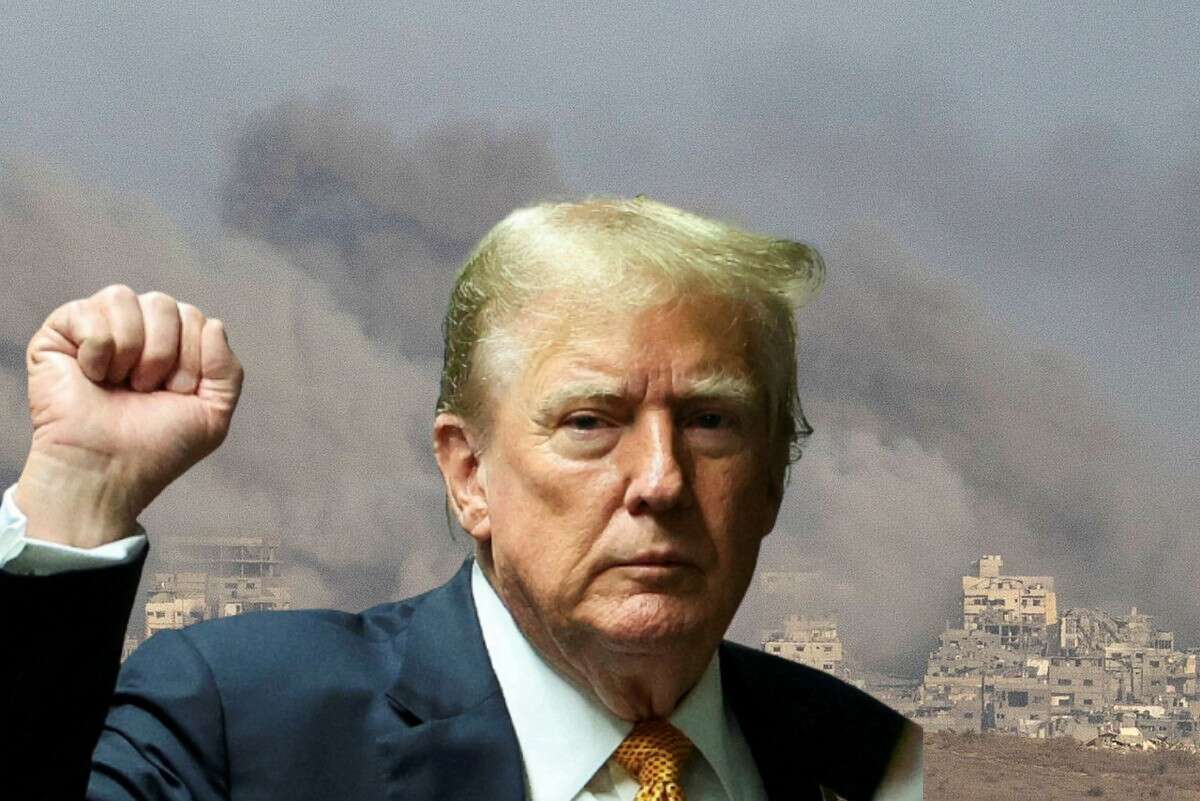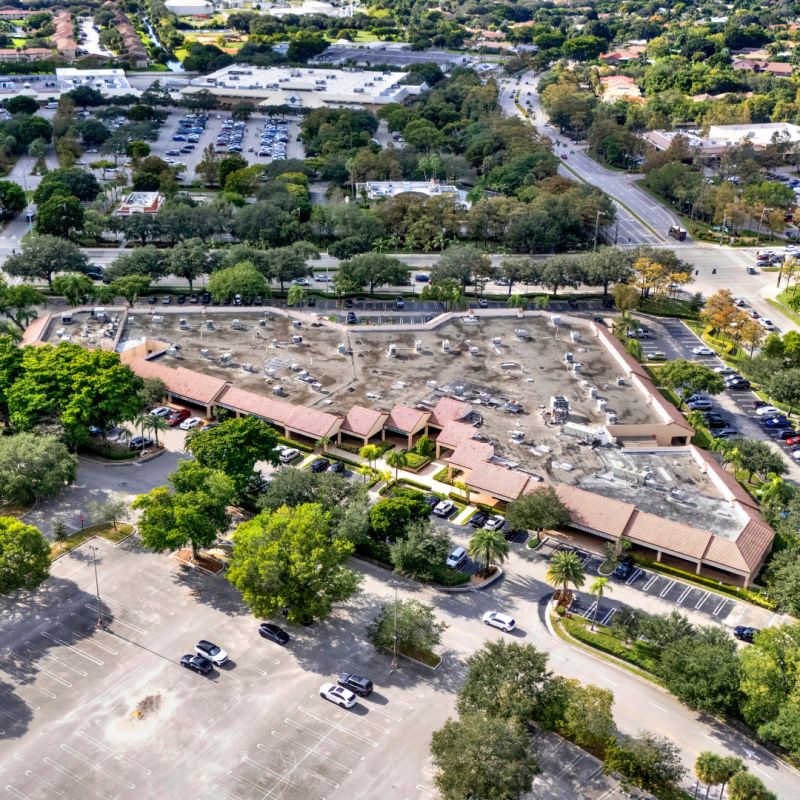T
rump’s attempt to turn the Gaza war into a real‑estate deal began with a single photo: the former president, broad‑shouldered and smiling, standing on a red carpet to shake hands with a political rival, the image suggesting “another deal is on the table.” The same staged drama appeared at the Alaska summit that produced nothing, and at meetings with Kim Jong Un in Korea, where headlines and flashes outshone any real outcome. Trump’s fascination lies in the spectacle of a deal, not the painstaking work of making it happen, a habit rooted in his real‑estate background where a transaction is judged by the picture and the price, not by genuine change.
Hamas now faces a crisis it has never seen before. The Gaza population is exhausted, confidence is eroding, and the people no longer praise the “resistance” but ask, “where is the bread?” Local militias—armed tribes, rebellious factions, and even former Hamas members—are defying the organization, weakening its authority and sparking internal conflict. Once the strip’s iron‑fisted ruler, Hamas must now confront a dual threat: internal collapse and retaliation from external militias.
Gazan civilians are mass‑moving toward Al‑Mawasi, a convoy that signals a break from Hamas and a profound shift in perception. More citizens now view the group as a curse rather than a protector, and many are willing to risk aligning with Israel if it promises real change.
The Arab bloc is rallying around a single goal: end the Gaza episode and restore stability. Egypt, Saudi Arabia, the Emirates, and Qatar are signaling that the “resistance” has become a strategic liability. The damage inflicted by the Houthis on commercial trade, the heavy economic costs, and the fear of another regional conflict have forged a new consensus. Hamas is no longer seen as part of the solution but as the main obstacle.
Trump, a long‑time ally of Israel, sees Gaza as a venue for a deal, not a minefield. Together with Steve Witkoff, he treats the situation like a real‑estate transaction: buy low, refurbish, and sell for profit. This mindset is ill‑suited to the Middle East, where “refurbishment” requires deep psychological transformation and the assets are built on faith and blood. His naive claim that “Hamas wants lasting peace” reflects a fundamental misunderstanding. In real‑estate terms, there is no room for the Islamic concept of taqiyya—a calculated deception that allows Hamas to feign compromise while regrouping.
The real negotiation now is between Washington and itself. Will the U.S. uphold the 20‑point plan it drafted, which has international backing, or will it bite its own tail? Pressure for a “compromise,” combined with Qatari funding and the allure of a “historic deal,” could force Hamas to accept soft components—enough to claim an internal victory but without surrendering its arms. Israel would be compelled to grant significant relief and concessions in exchange for implementation. The outcome hinges on U.S. pressure and the chaotic dynamics on the ground.
Ultimately, Trump may again discover that the Middle East is not an Atlantic City casino ready for a closing deal, but a mysterious, ancient archaeological site with labyrinths and secrets. The hidden elements—blood, faith, tribal laws—outweigh the visible ones. Here, an “agreement” is merely a preface to a new stage, not the end of the story.















